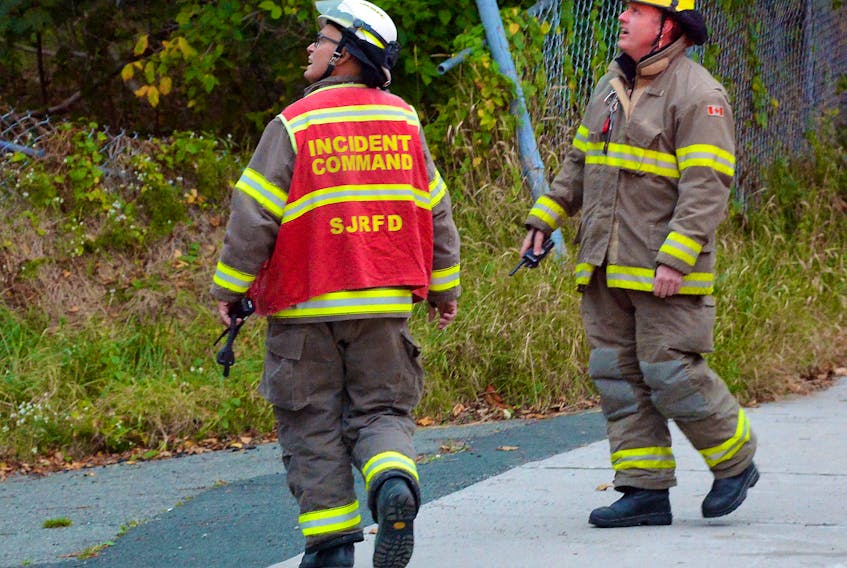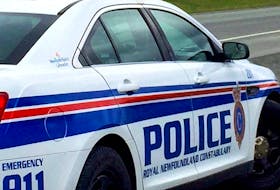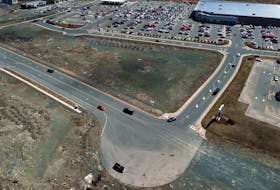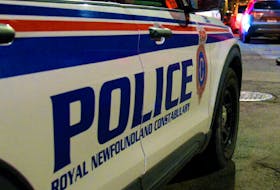ST. JOHN'S, N.L. — In a job where quick communication can mean the difference between life and death, members of the St. John’s Regional Fire Department (SJRFD) agree — their outdated radio service needs rescuing.
The near 20-year-old system has not only meant a limited number of individual radios for firefighters entering potentially dangerous situations, but there are also several “dead spots,” or blackout areas, in the region where firefighters are unable to reach the department’s communications centre, other stations and other firefighters.
“It’s awfully frustrating when you’re in Petty Harbour and you’re trying to relay information from (an emergency) scene back to our communications centre, and you’re unable to do that,” said Craig Smith, president of the St. John’s Fire Firefighters Association, the union that represents more than 200 members.
“As an officer on the scene, there’s a lot of important information that needs to be relayed. Any delay can have a significant impact in an emergency incident if there’s no communications.”

Fortunately, help is on the way.
The department is expected to receive a new million-dollar digital system next year to replace the present analog system thanks to money allotted by the City of St. John’s. In the third of a four-phase rollout, it’s been in the works for the last few years. City council announced last week it has allotted $750,000 toward the new system, while the remaining $250,000 will be split between Mount Pearl and Paradise.
For firefighters worried about the safety of their members and the public, the new system can’t come soon enough.
“If we’re in an area where the radio doesn’t work, it means our maydays are not received or not heard,” said Smith, referring to incidents when a firefighter may be trapped, injured or disoriented and needs assistance.

The department relies on two communications receiver towers — located in Shea Heights and Kenmount Hill. However, due to the geography and topology of the Northeast Avalon, the department has no service in certain areas of Paradise, Goulds, Petty Harbour-Maddox Cove and Logy Bay-Middle Cove-Outer Cove, where firefighters have to depend on cellphones to communicate with dispatch.
“When we’re on a fire ground and we have 15- or 20-plus members on a scene, we need to know what radio communications are being received or given,” Smith said. “If there’s a void or grey spot in there, there’s potential that information won’t be received or is delayed, whether it’s from a fire ground to an incident commander at the command post and back into 911 central fire hall.
“There have been numerous times over the last 23 years that’s happened. It’s always been an issue with us.”
With limited portable radios, only one in two firefighters at an emergency scene has one, he said.

That could have been an issue last year, during Snowmageddon, when a firefighter responding to a call in the east end of the region, fell through a floor while inside a structure. Smith said the firefighter was one of the two without a portable radio. Fortunately, there were others nearby to help and he returned to work uninjured.
A new system would help alleviate those concerns.
“It’s extremely important for us from a safety perspective. Safety is always our first concern,” Smith said. “Having a new system put in place, it provides firefighters with an extra sense of security.
“This has the potential of saving somebody’s life.”
The current system is so outdated, it has been challenging to find replacement parts.

Smith credits SJRFD Chief Sherry Colford for recognizing the importance and need for a better communication system.
“Technology has changed, our needs have changed over the last 15 to 17 years, but our radio system hasn’t,” she said.
“So, the last number of years we were doing work-arounds (with the present system) and you can only do that so long before you realize we just need to replace the entire system.”
Colford said the new digital system will have better functionality, can be integrated with existing software at the department’s communication centre and will allow for better audio quality.
“With an analog system, there’s very little we can avail of incorporating with other technology we have,” she said. “With this new system, there’s a better chance to upgrade and grow.”
Colford said while the new system won’t provide 100 per cent coverage, it will give the department a much broader range of where firefighters can use radios.
“A lot of that is not just because the technology is better,” she said. “It’s because we can avail of more technology when it comes to more antennas and more towers to give us more coverage in those blackout areas. … It gives us more options.”
Colford said the request for proposals will be called this spring, with the new system expected to come online by early 2022.
Rosie Mullaley covers municipal politics for The Telegram.
[email protected]
Twitter: @TelyRosie









